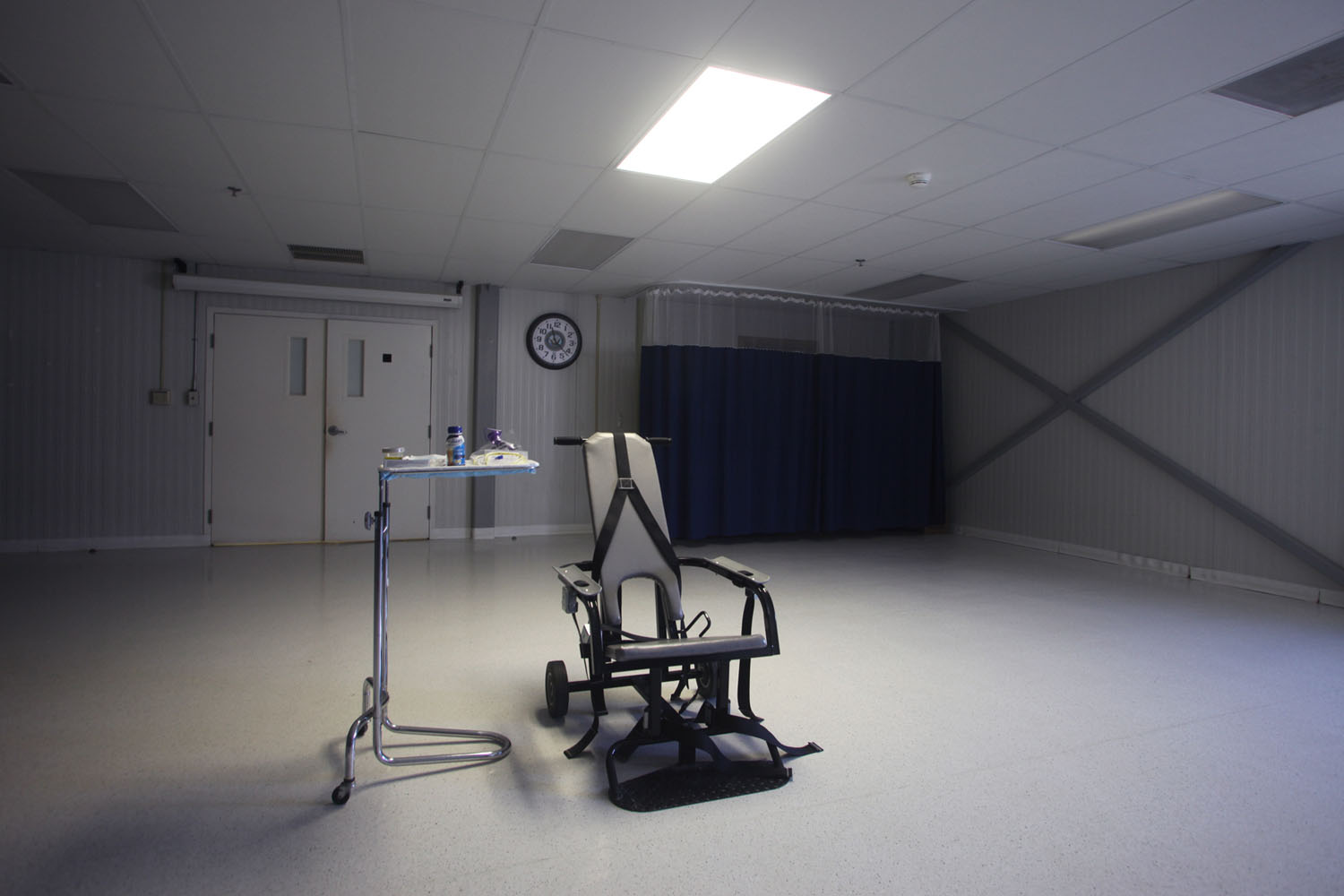
On assignment documenting Guantánamo Bay for this week’s issue of TIME, photographer Eugene Richards spent several days at the infamous detention facility. Here, Richards writes for LightBox about how he approached the assignment and the distinct challenges he faced working under the tight restrictions imposed on the media by the U.S. military.
When TIME asked me to go to Guantánamo, I immediately thought back to 9/11 — to the smoke and ruin of that fatal day, to Bush’s declaration of the war on terror, then to the first images from the prison: of men in orange jumpsuits shackled, blindfolded, handcuffed, sensory-deprived. These men, often viewed in silhouette and on their knees in prayer, were often picked up on the battlefield in Afghanistan by military units, although some were captured after bounties of as much as $5000 per head were paid. My first thoughts were to 9/11, of interrogations, secrecy, torture and military might.
And then there was the series of military-issued disclaimers I would have to agree to. I wouldn’t be permitted to photograph, or even see, the detainees. I couldn’t show the guards’ faces, and I would only be able to photograph the pre-ordained locations within the camp. And finally, I had to agree to having my work edited — to turn over my cards so that images could be deleted or cropped as per the opinion of the public information staff accompanying me the entire assignment. ‘Can you make pictures out of nothing?’ I asked myself, then prepared for the trip.
It took two plane flights to get down to Guantánamo and a ferry ride across to the prison camp proper. I made photographs on the boat, but because they were of soldiers, they would become the first pictures deleted by the military. Once off the ferry, Guantánamo became small town America, replete with miles of brand-new looking green-lawned suburban houses. There was a McDonald’s along the road, a Subway sandwich shop, bar-and-grills and a dry landscape of thorny bushes and cactus. Iguanas, looking absurdly out of place, lay often in pairs at the edges of roadways running to and from the prison, munching on the low vegetation. Because they are a protected species, all traffic would come to a stop as they took their time swish-swashing from place to place.
I was put up in a condo of sorts, then had dinner with my minder, Sgt. Brian Godette. The next morning, he asked me what I wanted to see. My assignment from TIME was just to see what I could see, so Brian, out of sympathy, brought me out to the one place that I could visit at will: the now infamous Camp X-Ray.
This is the place, he explained, where the first detainees were brought in 2002 — close to 300 of them, he said. So I followed this young, affable soldier through the gate and up a dirt road, to aisles upon aisles of what could only be regarded as animal cages — six-foot-by-eight-foot concrete-floored cells enclosed on all sides and on top with chain link. They were all glaring light and shadows at this time of the morning, offering no protection from the sun so broiling hot, even though this was only springtime. Vines wound up through the see-through ceilings, grass cracked the concrete and the wind was blowing. Plump hutias, also known as banana rats, nested along the metal supports. Still, it wasn’t hard to imagine the place at night, when the air would be filled with mosquitoes, when the rain would blow in unobstructed. I was also shown the summer-camp-cabin looking interrogation building where, according to some reports, torture took place. Camp X-Ray, Brian went on to tell me, was closed later that year, the detainees transferred to other areas in the military prison.
The first “editing session” happened later that day, when the previous day’s images from the ferry were deleted by Brian. What I remember next was the 4 a.m. wake-up.
Along with a two-man TV crew, I was led in the near dark through four or five electronic doors onto the hallway of Camp V for pre-dawn prayers. No prisoners could be seen. No faces, no hands. All there was to see were the openings in steel doors as the guards wearing protective face shields (since detainees, we were told, spit and throw waste at them) walked up and down the block. As if in cadence, they stopped occasionally at individual cells to peer in, to whisper, to hand over medicines to inmates said to be fasting. After twenty minutes, the prayers finally seemed to drift away and the food carts were ushered in, then ushered out. Because there were few, if any, takers, we were led out of the prison.
At one point earlier in the day, the faces of detainees did appear in the elongated windows above an entryway. Dark-skinned, long-bearded men looked down at us. A TV cameraman pointed his camera in that direction, only to be cautioned that his footage would later be erased.
I returned at 5 a.m. the following morning and was ushered through the gates onto a different cell block, all too aware that some of the photographs I’d taken the previous morning had been deleted. I also wanted to hear the prayers again.
And so I went on what could only be called a media tour. The most surreal moment came during our exposure to the force-feeding apparatus. After all, that’s why the media was here — the hunger strike that had been going on since February loomed large in the debate about the camp. Surrounded by three or four media personnel and an equal number of medical personnel, we were ushered past the crash beds in the detainee hospital into a large, empty room. Dead center, beneath a single fluorescent panel, was the restraining chair. A display of the force-feeding apparatus included a bottle of the liquid nutrient Ensure and two sizes of tubing that could be put up the noses of detainees who refused to eat. As the TV camera rolled, medical personnel explained, without a hint of doubt, that the force-feeding process is not at all unpleasant (olive oil, you see, is employed as a lubricant as the tube is snaked up through the detainee’s nose and down his throat) and that, despite what others in the medical field might say, the long-term consumption of Ensure does no lasting damage.
And just like that, when I was feeling that my week was just beginning, it was over. I was upset that it was over. Before boarding the flight back to the U.S., there was one more pre-planned stop on the tour: the visit to a Gitmo gift shop, for t-shirts and figurines of Fidel Castro. But then even after the lift-off, I couldn’t rid myself of the feeling — and still can’t get rid of it now — that even though I put some time in, and that I now have some pictures that say I’ve been to Gitmo, the truth is that I have never really been there.
Eugene Richards is an award-winning American photographer.


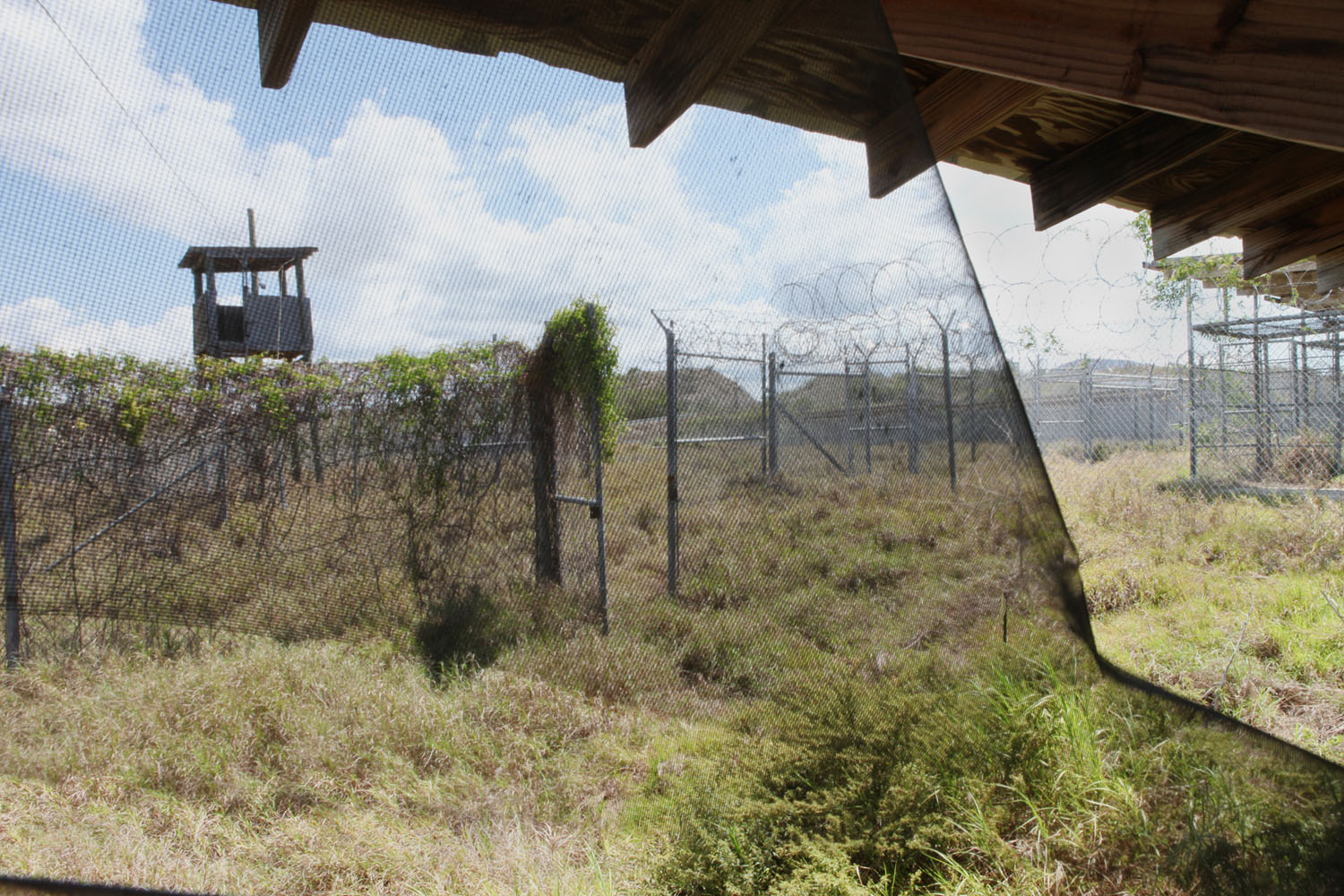
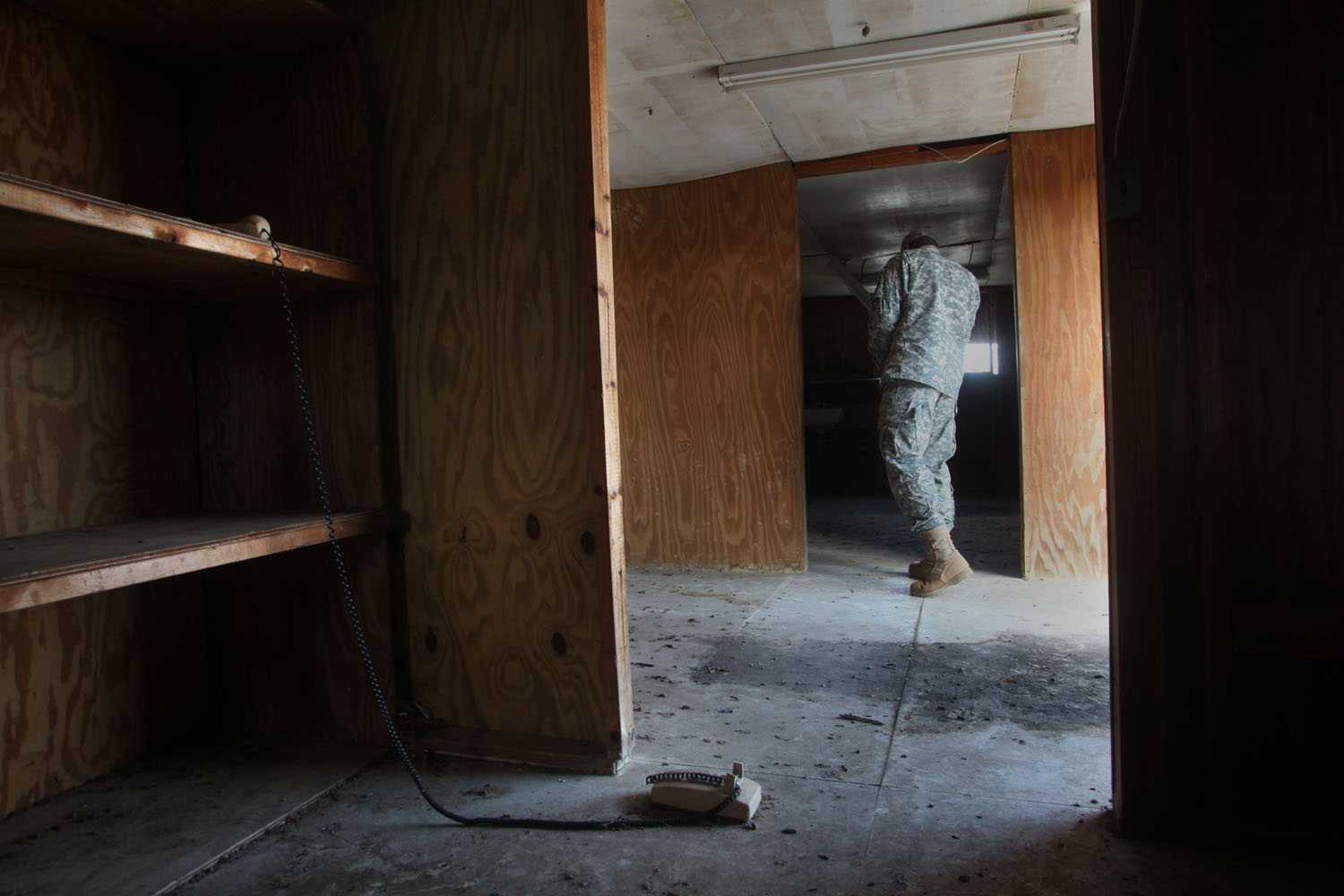

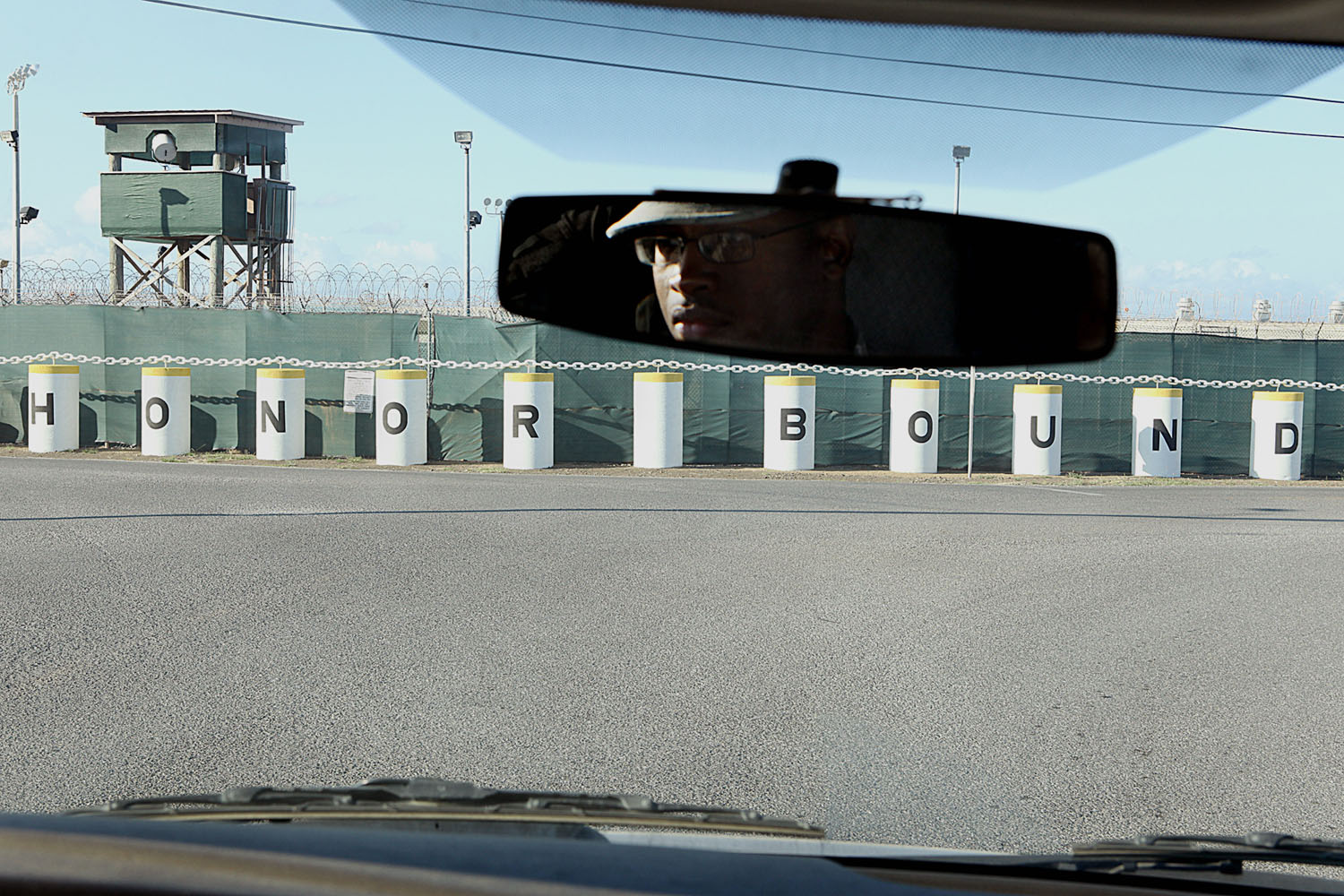

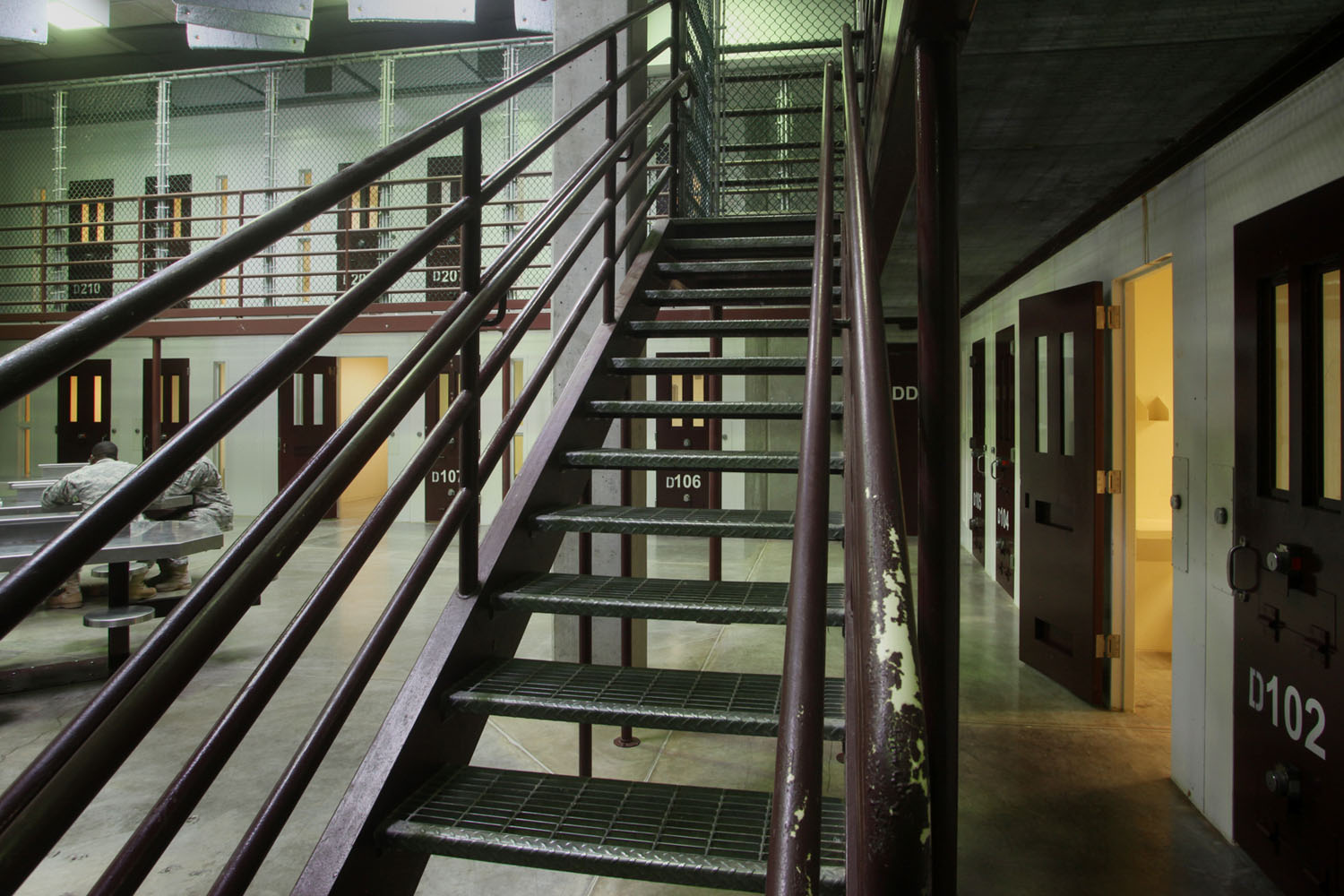
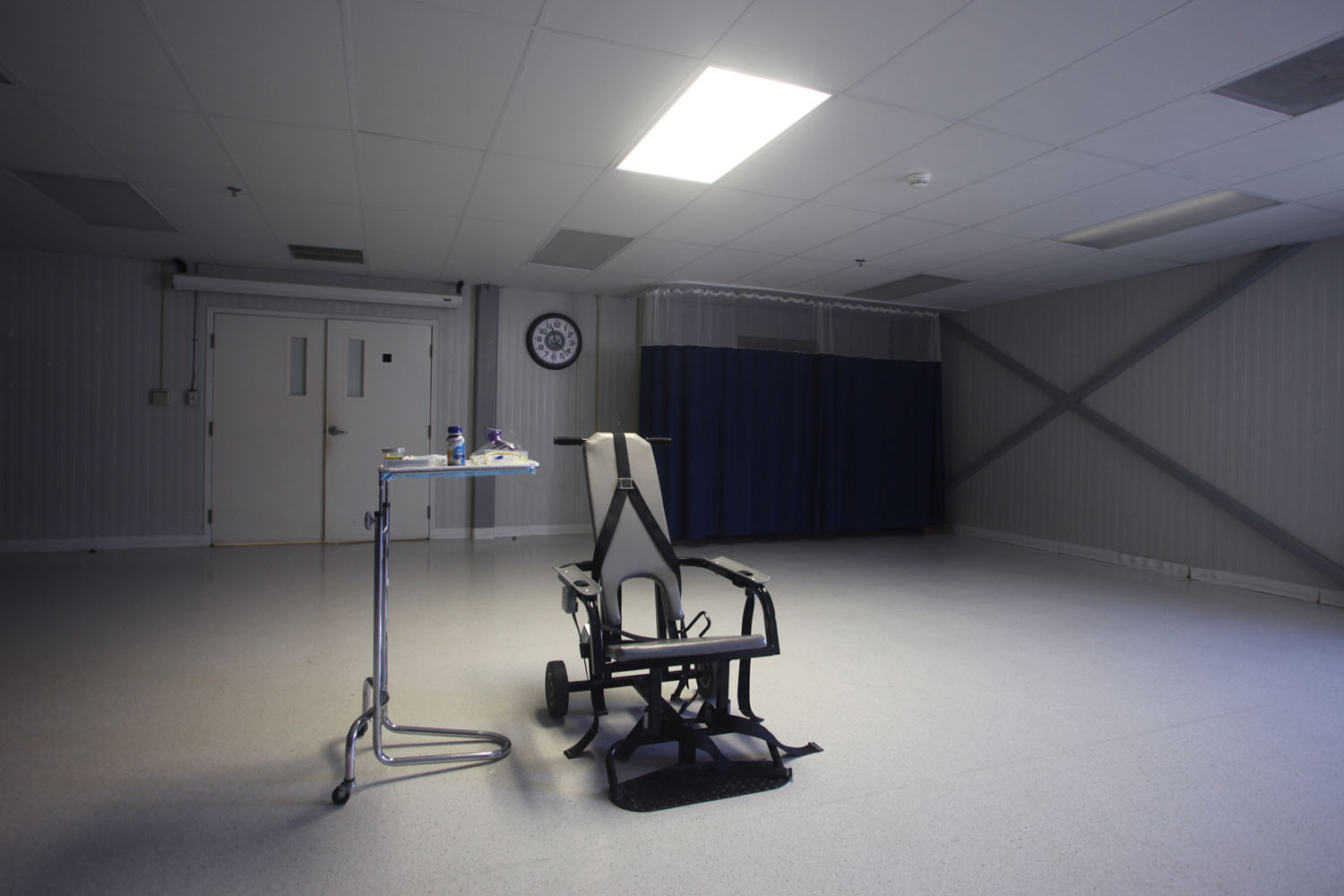
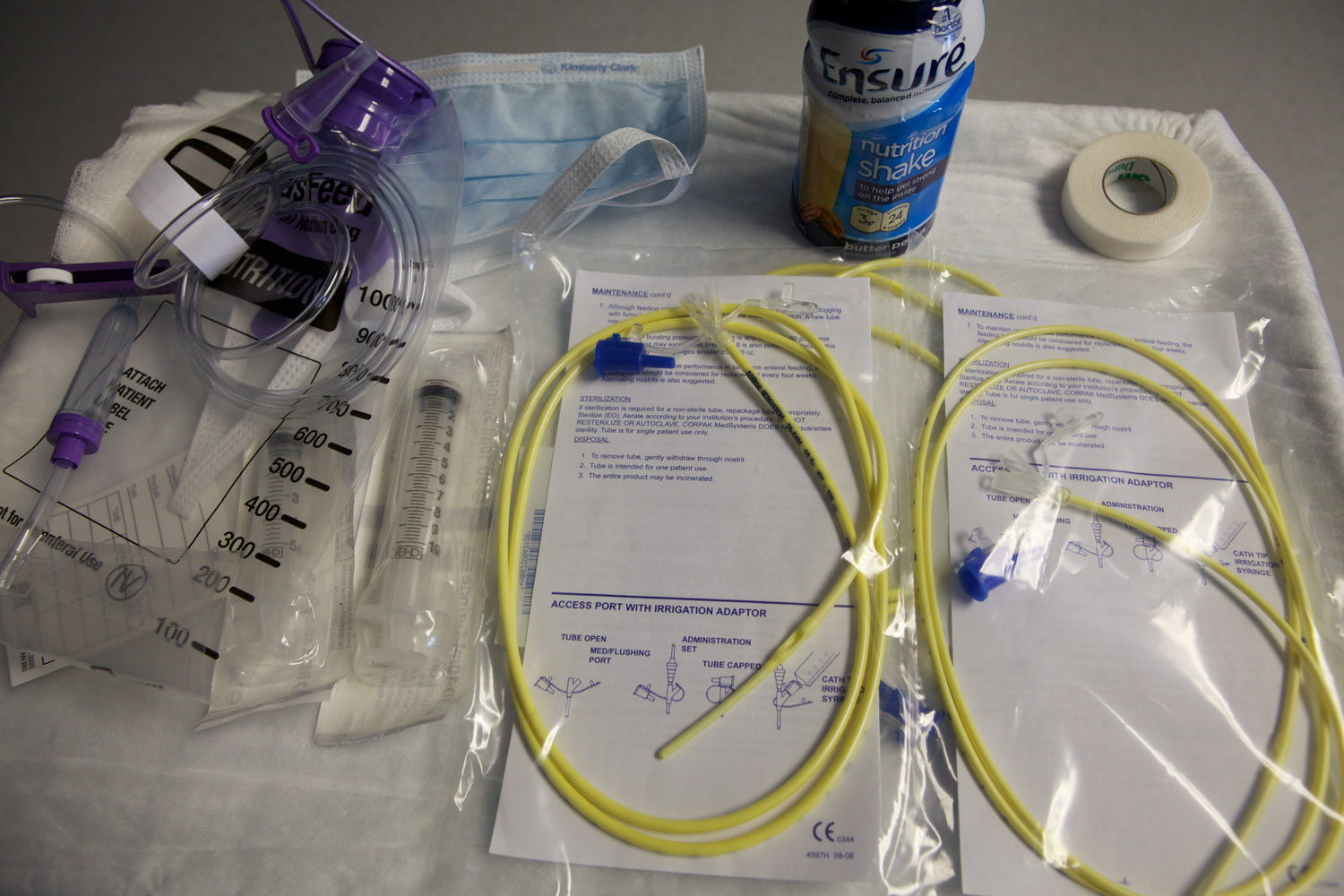

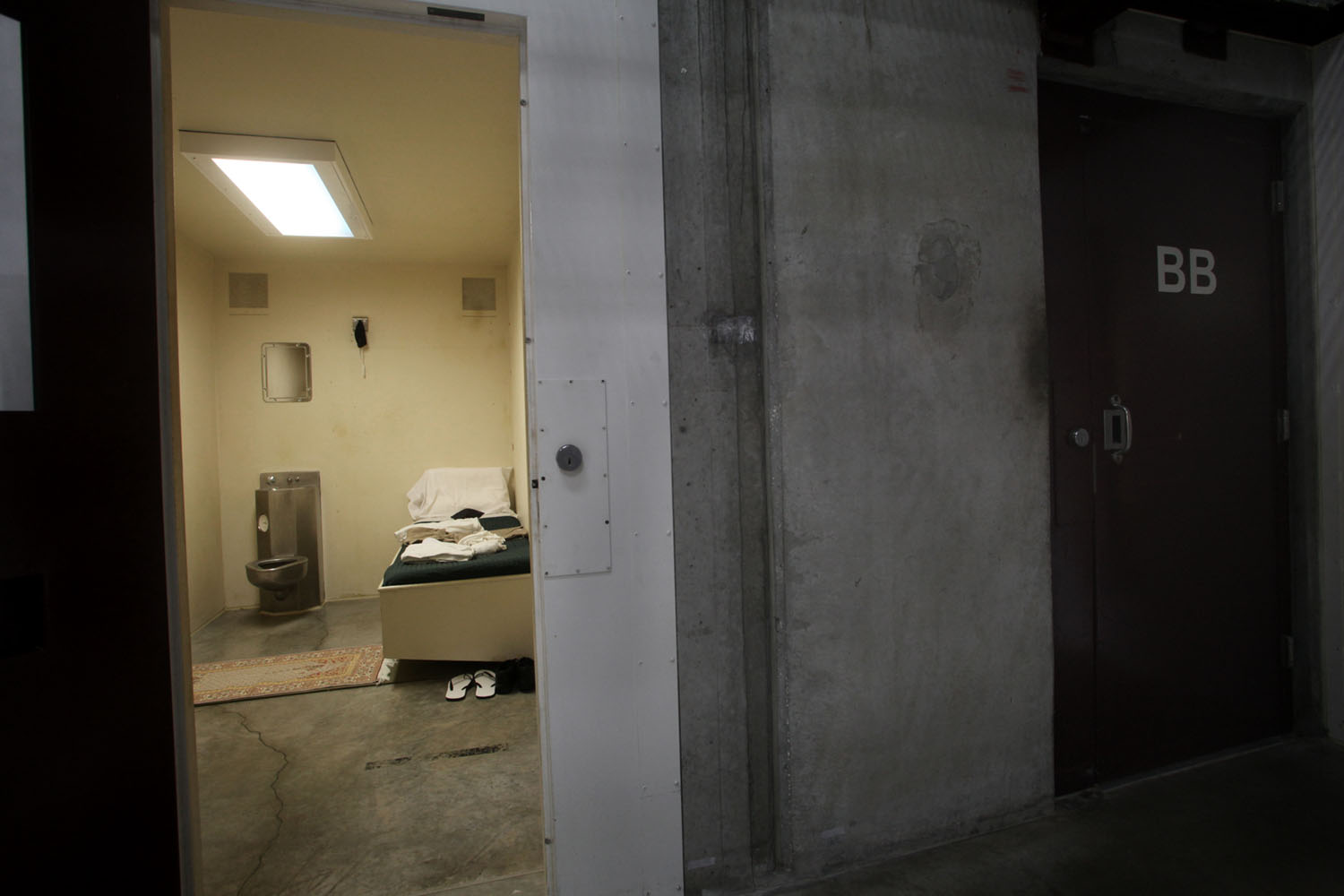

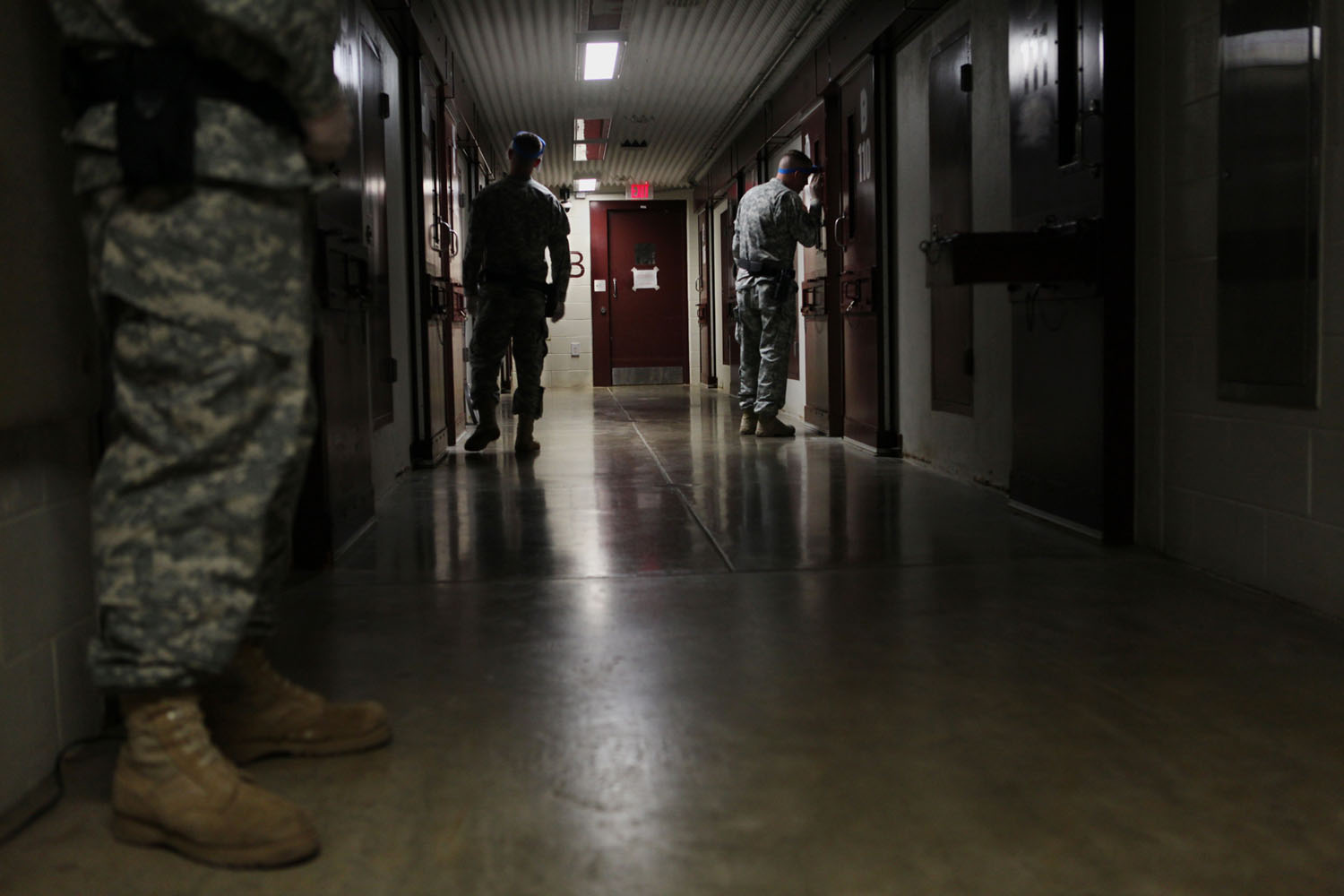
More Must-Reads from TIME
- Cybersecurity Experts Are Sounding the Alarm on DOGE
- Meet the 2025 Women of the Year
- The Harsh Truth About Disability Inclusion
- Why Do More Young Adults Have Cancer?
- Colman Domingo Leads With Radical Love
- How to Get Better at Doing Things Alone
- Michelle Zauner Stares Down the Darkness
Contact us at letters@time.com